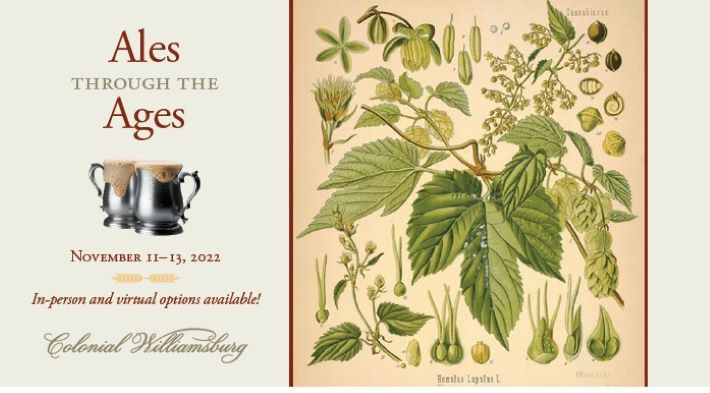
No links this week. I saw this Saturday.

No links this week. I saw this Saturday.

“(They) are meant to get people talking about beer, not to encourage people to be beer police.”
– Gordon Strong, speaking at Copa Cervecera Mitad del Mundo in Quito, Ecuador.
Mark Dredge has written about 4,500 words, which is a lot, at Good Beer Hunting about beer flavor wheels, which he creates and sells, and tasting tools. He is correct that language is a weapon some people use to keep the beer they drink exclusive. You know if you know, but, sorry, you don’t know.
If you don’t have time for 4,500 words, go directly to what Garrett Oliver says, including, “when you’re speaking to an audience you have to think in terms of, are you bringing them into something, allowing them to see it, smell it, taste it, in their own minds, or are you unintentionally shutting them out?”
Re-reading what Jamie Goode wrote about if anyone still needs wine writers, I realized his story and Dredge’s are both for members of Club Wine or Club Beer, as the case may be. They are in the trade or otherwise invested in wine/beer. Goode wrote, “As Hugh Johnson once said, wine needs words. Wine needs people to communicate about it, because it is a complex area, and also a deeply interesting area. If it’s reduced to just the taste of a liquid in a glass, we are all doomed.”
If you, non-trade member, want to recommend a beer to a friend you don’t need to talk about if it tastes of pitanga, carambola or acerola. You can simply say, “I like it.” Or perhaps hand them a glass.
I’m in Ecuador today — that is, if you are reading this Aug. 22 — and in a few hours will be talking to brewers about biotransformations and thiols. Parting gifts will include a list of hop descriptors compiled by the American Society of Brewing Chemists.
You’ll notice the list of aromas/flavors are ones drinkers will already know from elsewhere. We rely on past experiences to suggest what to expect in new ones.
It would be much easier were we like the Jahai, a tribe of hunter-gatherers in Thailand. Their language has more than a dozen words to describe smells, none of which relate to the smell of any particular object. The word for “edible” is applied to gasoline, smoke, bat droppings, some millipedes and the wood of wild mango trees. But this works for them. When researchers gave a standard test to Jahai, they found that the Jahai tended to be quick and consistent in describing the smell, even though the actual odors used were unfamiliar to them.
It’s one thing to suggest aromas and flavors a compound such as 3-mercaptohexan-1-ol (3MH) may add to a beer, it is another to taste it. Because, as those of you who have read “For the Love of Hops” may remember, we humans sometimes have different genetic barcodes when it comes to aroma perception. So rather than handing out adjectives I’ve brought along a beer that “over expresses” 3MH. I’m looking forward to hearing the descriptors attendees come up with.
You might also enjoy:
– Everybody and their grandad loves Punk IPA.
– “The cool thing about beer is that it’s different colors, different flavors.”

You will be forgiven if you think we must be on Ales Through the Ages III or even IV by now.
The first one was in 2016. Read Martyn Cornell’s recap here.
The second was to be in 2018, but was canceled.
Then the second was to be last year, but the in-person conference was postponed until this year.
A shorter virtual conference was held instead.
So I’m not sure if we call this II or III, but it is happening Nov. 11-13 in Williamsburg. The agenda is here.
I might have been a bit optimistic when I provided a title for my presentation — Breaking the Lupulin Code. Scientists are still working on mapping hop genomes, complicated by the fact there isn’t just one and each of them is larger than the human genome. And then there’s the reality that hops may not follow Gregor Mendel’s principles of inheritence. But I’ll do my best to explain why Citra is so much different than her grandmother, Hallertau Mittelfrüh. And to answer Frank Clark’s question about what modern hops are most like those colonial brewers would have used.
Matthew Curtis has written 5,500 words at Pellicle to define what IPA “means in terms of modern beer.”
I hung in there for all of them, primarily to see if he mentioned Cold IPA, one of my favorite versions of IPA.
He did, and wrote in part: “The beer is then fermented using a bottom fermenting yeast at warmer temperatures (not unlike a California common, or steam beer).”
I’ve recently been visiting, or revisiting, articles and books about the quest for authenticity. And were a brewer interested in producing a steam beer using the same yeast breweries did more than 100 years ago, well, that might be a problem.
In 1911, while conducting tests as part of another project at the University of California, T. Brailsford Robinson discovered just how different steam beer yeast acquired from California Brewing in San Francisco was from lager strains. “The yeast of the steam beer has accommodated itself to these conditions (warmer fermentation and the clarifier) to such an extent that it can no longer be employed for the preparation of lager beer, while lager-beer yeast may without difficulty be used for the manufacture of steam beer,” he wrote. “The cells of the typical steam-beer yeast are somewhat smaller than those of lager-beer yeast.”
(Should you want to read a history of steam beer that may not totally align with what you’ve read before I would suggest Brewing Local. Disclaimer: I wrote it.)